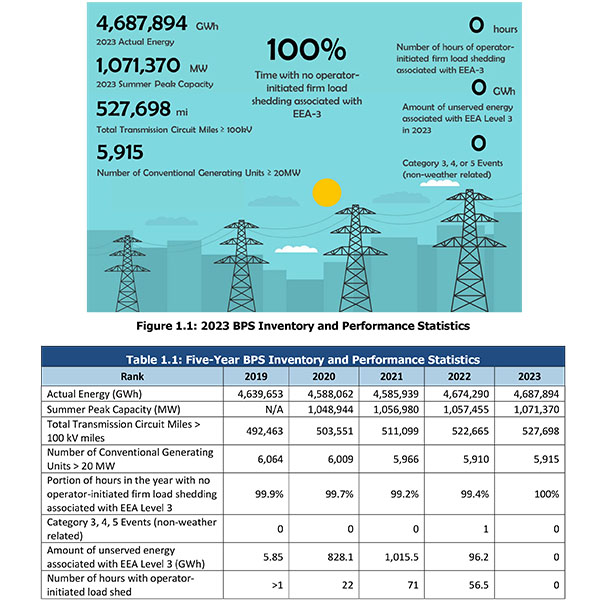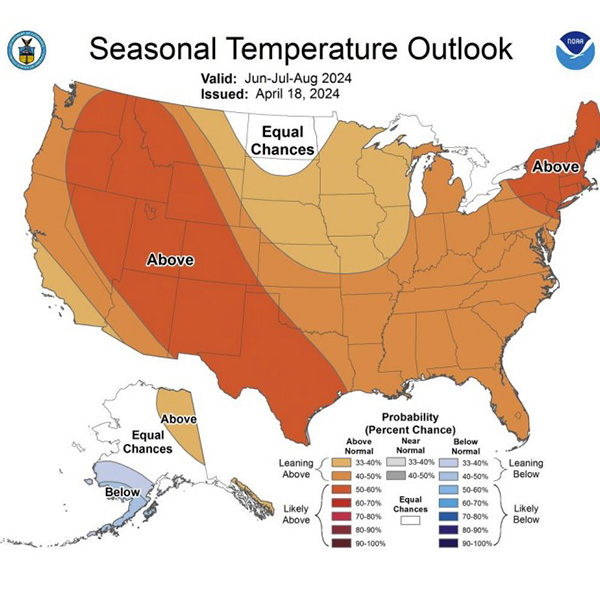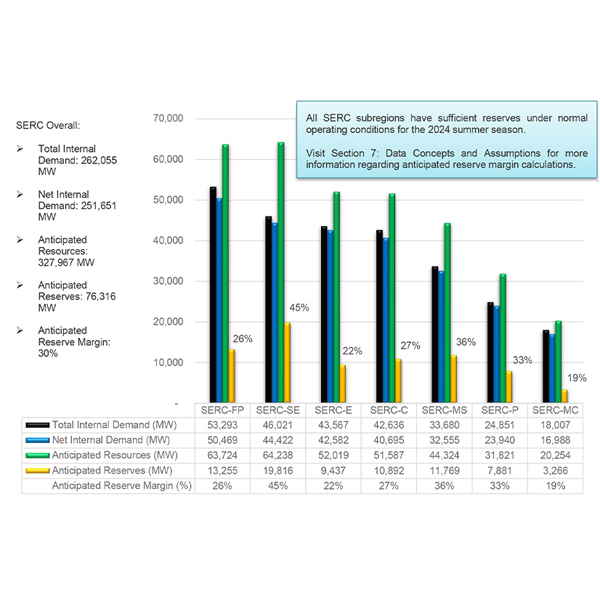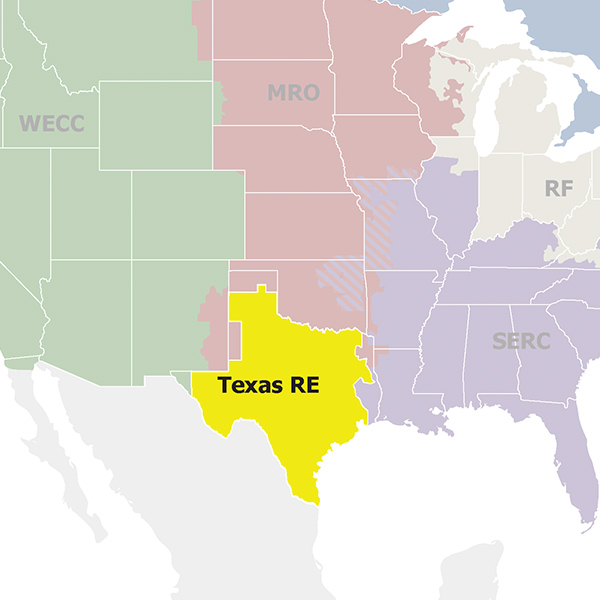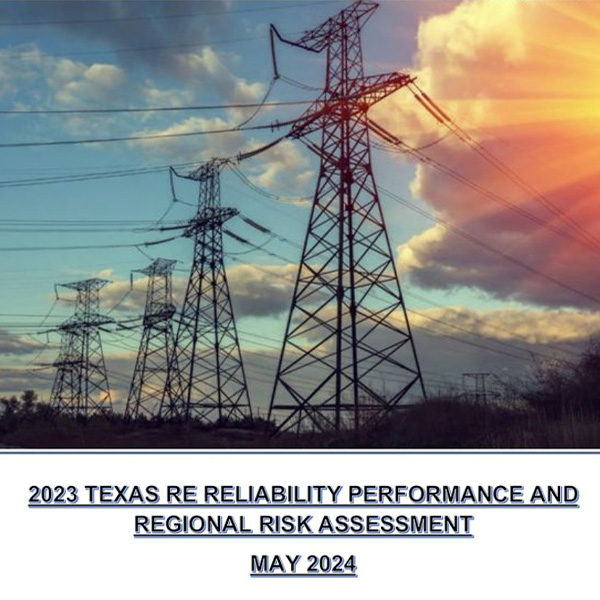Resource Adequacy
Resource adequacy is the ability of electric grid operators to supply enough electricity at the right locations, using current capacity and reserves, to meet demand. It is expressed as the probability of an outage due to insufficient capacity.
A new report from NERC and the National Academy of Engineering explored the shortcomings of traditional resource adequacy metrics and alternatives under development.
NERC's 2024 State of Reliability Report noted resilience in the face of extreme weather last year, along with growing rates of generator forced outages.
NPCC said all subregions should have adequate supply to meet demand this summer despite recent generation retirements.
Data center expansion is a major part of the power industry’s return to demand growth around the country, and the United States Energy Association hosted a webinar with industry leaders on how the sector’s growth will play out.
SPP says it will have enough generation to meet energy demand despite higher regional temperatures this summer, according to its biannual seasonal assessment.
SERC Reliability's Summer Reliability Assessment indicated all subregions have adequate resources to meet demand this summer.
State energy officials are “cautiously optimistic” about maintaining grid reliability during the upcoming summer, with California poised to benefit from above-normal snowpack and precipitation coupled with the probability of mild conditions in its coastal regions.
Texas RE staff said their upcoming risk assessment will identify multiple ongoing challenges to grid reliability.
Representatives from NERC and the regional entities urged state regulators to learn about the reliability challenges and opportunities of inverter-based resources.
The Texas Reliability Entity says its latest regional assessment indicates weatherization activities since the disastrous February 2021 winter storm have paid off.
Want more? Advanced Search

